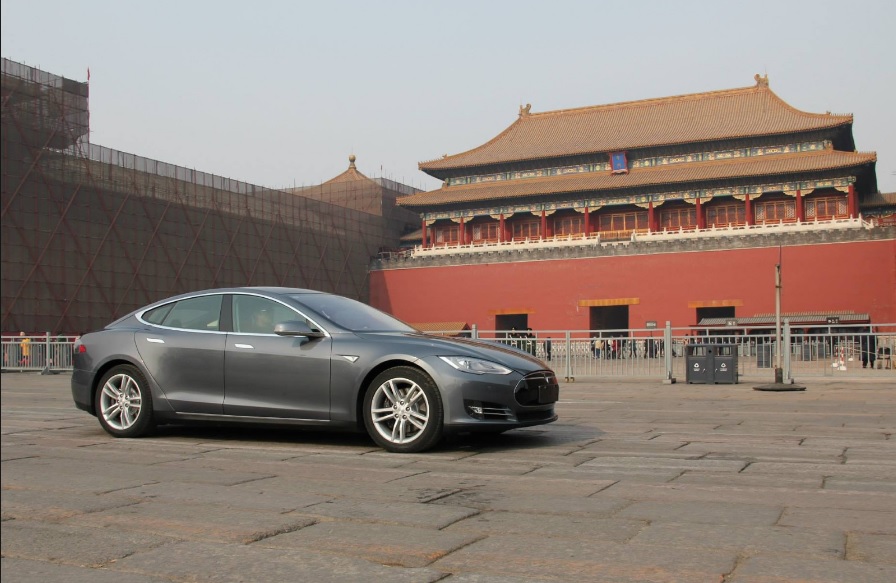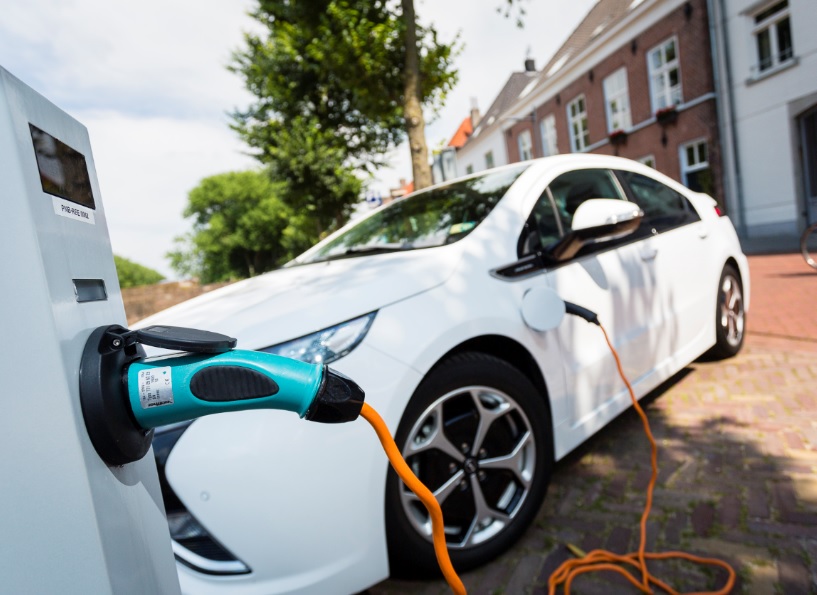Challenges increasing for Tesla: Tesla Inc. continues experiencing a very tough period as China included electric vehicles on its list of additional tariffs — as  the trade war escalates with the Trump administration. Other automakers could be hit by SUV tariffs if enacted, but having joint venture alliances with Chinese companies will soften the blow. China is Tesla’s largest foreign market, and Tesla competitors will have a real advantage in China. CEO Elon Musk continues facing a wave of serious challenges. During the Q1 earnings call this week, the company announced that production and sales of the Model 3 have been increasing, with 2,020 Model 3s built during the last week of March up to about 5,000 units a month expected in about three months. But the company’s $10 billion debt load is a much more pressing issue, with cash dwindling and its bonds continuing to slide after the company’s credit rating was cut. Tesla has about $1.2 billion in debt maturing over the next year, and analysts expect the company will burn through $2 billion of its cash this year. There’s also the second fatal crash related to Tesla’s Autopilot system from the March 23 fatality of Tesla Model X driver Walter Huang on U.S. 101 in California when his electric SUV slammed into a highway barrier. The National Transportation Safety Board on Sunday said it was “unhappy” that Tesla had released information about the crash, expects to issue a preliminary report on its findings in a few weeks.
the trade war escalates with the Trump administration. Other automakers could be hit by SUV tariffs if enacted, but having joint venture alliances with Chinese companies will soften the blow. China is Tesla’s largest foreign market, and Tesla competitors will have a real advantage in China. CEO Elon Musk continues facing a wave of serious challenges. During the Q1 earnings call this week, the company announced that production and sales of the Model 3 have been increasing, with 2,020 Model 3s built during the last week of March up to about 5,000 units a month expected in about three months. But the company’s $10 billion debt load is a much more pressing issue, with cash dwindling and its bonds continuing to slide after the company’s credit rating was cut. Tesla has about $1.2 billion in debt maturing over the next year, and analysts expect the company will burn through $2 billion of its cash this year. There’s also the second fatal crash related to Tesla’s Autopilot system from the March 23 fatality of Tesla Model X driver Walter Huang on U.S. 101 in California when his electric SUV slammed into a highway barrier. The National Transportation Safety Board on Sunday said it was “unhappy” that Tesla had released information about the crash, expects to issue a preliminary report on its findings in a few weeks.
ACT Expo speakers announced: Advanced Clean Transportation (ACT) Expo just released its speaker list for the event taking place April 30 through May 4 at the Long Beach Convention Center. The keynote presentation will be made by Jay Craig, CEO and president of Meritor, a leading component manufacturer, on how the company had to change its strategy to integrate electric vehicle components into its portfolio. Other featured speakers include: Thomas Madrecki, Director of Urban Innovation and Mobility, UPS; Michael O’Connell, Vice President Supply Chain, Fleet Sustainability, Frito Lay; Mary Nichols, Chair, California Air Resource Control Board; Heather Tomley, Director of Environmental Planning, Port of Long Beach; Madhav Acharya, Technology to Market Advisor, ARPA-E Department of Energy; Elizabeth Fretheim, Director of Sustainability, Walmart; Timothy Papandreou, Strategic Partnerships Manager, Waymo; and Janea Scott, Commissioner, California Energy Commission. You can view the full agenda here.
How EVs can go mass market: A new study by McKinsey & Co. in partnership with A2Mac1, a provider of automotive benchmarking services sees 2017 as a benchmark year with 1.3 million EVs being sold worldwide, a 57% increase over 2016 sales. While that stays at about the 1% level for global new vehicle  sales, the study explores steps that will need to be taken to make it up to 25% of new vehicle sales by 2030. To become mass producible, four factors will need to be addressed, according to McKinsey.
sales, the study explores steps that will need to be taken to make it up to 25% of new vehicle sales by 2030. To become mass producible, four factors will need to be addressed, according to McKinsey.
One of them focuses on building “native” EVs (new battery electric models on their own platforms) is quite costly in the form of engineering hours, new tooling, and other factors, the cost savings will become substantial compared to non-native EVs. The weight of the cables is coming down in EV powertrains, and there are less parts being used than earlier versions of their EV models. Another advantage is having fewer compromises to make in EV architecture and bodies, allowing for an average of 25% larger battery pack volume. These and other changes in new EV models are bringing longer range, more power, and faster charging. The purchase price is coming down for new EVs and a few older models like the Nissan Leaf.
Green Auto Market would add another factor to future EV sales: prepare for incentives drying up. The US appears to be going here faster than other countries, according to the U.S. Environmental Protection Agency’s statement released this week, which was as many had expected it would be. Fuel economy and emissions standards appear to be softening up. Federal funding for alternative fuel vehicles and tax incentives for electric vehicles will also see little support. The U.S. may be going here sooner than other countries, but it is a factor in all of them as EV incentives eventually fade away. Costs will eventually be coming down through cheaper battery packs, and manufacturing uniformity and flexibility as the McKinsey study recommends. Manufacturers and dealers may have to fill some of that void with other incentives — rebates, zero percent financing, trade-ins, fleet discounts, etc.



